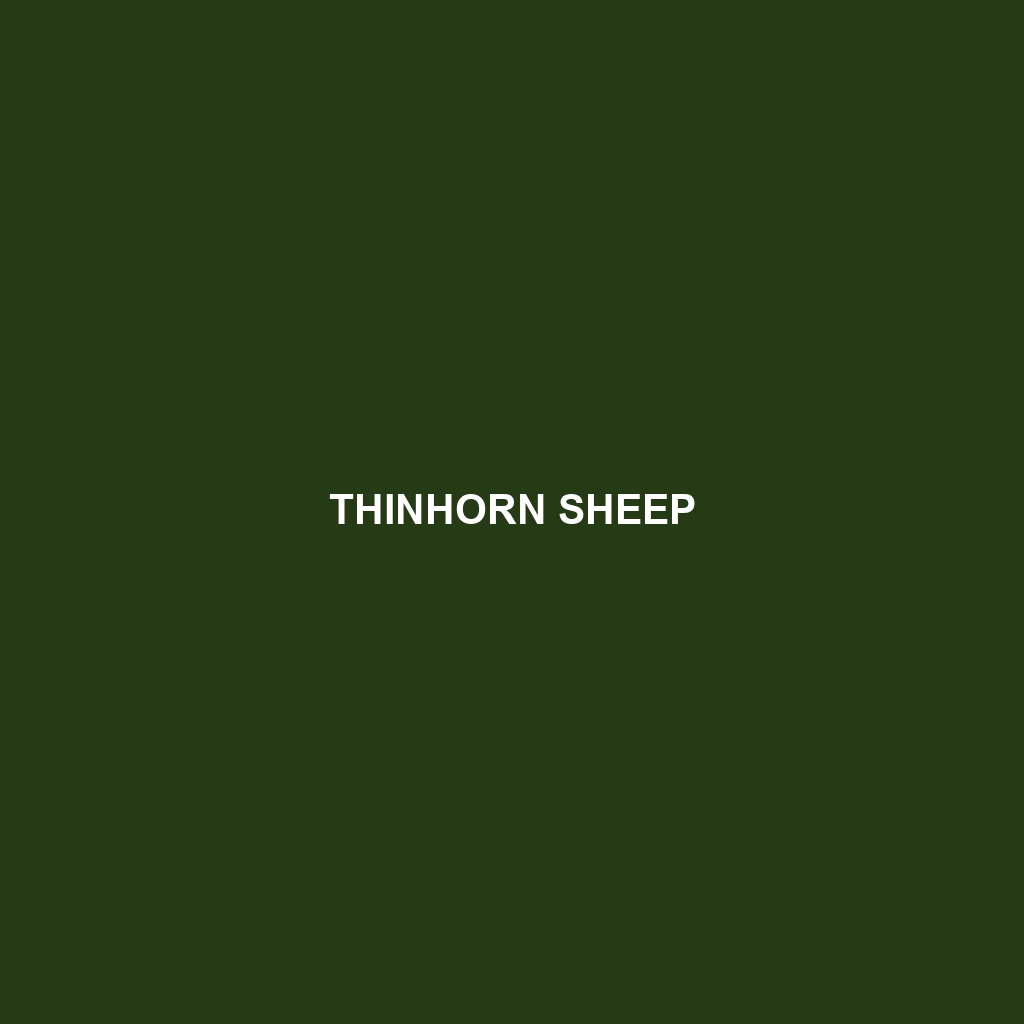Bighorn Sheep
Common Name: Bighorn Sheep
Scientific Name: Ovis canadensis
Habitat
Bighorn Sheep are primarily found in the rugged mountainous regions of North America, particularly in the Rocky Mountains, Sierra Nevada, and the Badlands. They prefer steep cliffs and rocky terrains, which provide safety from predators and ample grazing opportunities. Their habitats include subalpine forests, alpine meadows, and desert ranges, showcasing their adaptability to various environments.
Physical Characteristics
Bighorn Sheep are notable for their large size, with males (rams) typically weighing between 160 to 250 pounds and standing about 3 to 3.5 feet tall at the shoulder. They have a distinctive curved set of horns that can weigh up to 30 pounds, making them one of the most recognized features of the species. The coat varies from light brown to dark gray, often with a lighter underbelly, providing excellent camouflage in rocky habitats.
Behavior
Bighorn Sheep are social animals, typically found in herds that consist of females and their young. Males often establish dominance hierarchies through head-butting contests during the rutting season, which usually occurs in the fall. Their natural instinct to climb steep slopes helps them navigate their mountainous habitats and escape predators effectively. They are also known for their agility, able to leap across rocky terrain with remarkable grace.
Diet
The diet of Bighorn Sheep primarily consists of grasses, shrubs, and other vegetation. They are herbivores that thrive on foraging on the diverse plant life available in their mountainous habitats. Their ability to digest coarse vegetation allows them to sustain themselves in harsh climates, making them well-adapted for survival.
Reproduction
Bighorn Sheep typically breed in late autumn, with a gestation period of approximately 180 days. Female sheep (ewes) usually give birth to one offspring, known as a lamb, in the spring. These lambs are capable of standing and walking within hours of birth, which is crucial for avoiding predators. Maternal care is essential for the survival of the lambs, as ewes lead them to safe and food-rich areas.
Conservation Status
Currently, the Bighorn Sheep population faces threats from habitat loss, disease, and predation, with some populations classified as “vulnerable.” Conservation efforts are crucial for maintaining healthy populations and ensuring their continued existence in the wild. Organizations focused on wildlife conservation are working to protect their habitats and restore Bighorn Sheep populations.
Interesting Facts
Bighorn Sheep can run at speeds of up to 20 miles per hour, and they are known for their excellent eyesight, allowing them to detect predators from great distances. Their horns grow throughout their lives, with age and size often indicated by the number of rings on their horns.
Role in Ecosystem
Bighorn Sheep play a significant role in their ecosystem as grazers. By feeding on vegetation, they help to maintain plant diversity and promote the health of their habitats. Additionally, they serve as prey for large predators such as mountain lions and wolves, contributing to the balance of their ecosystem.
